Nowadays, body armor is more of a necessity than an addition for anyone from police officers and military operatives to EMS personnel, survivalists and gun enthusiasts. With daily occurrences of terrorist attacks, shooting incidents, and rise in crime – there is a need for adequate protective equipment. This is especially true for gun owners.
People who own firearms understand the responsibility that comes with handling them and keeping themselves and others safe while doing so. In this regard body armor has become an integral part of the gear of gun owners. It is one of the greatest modern marvels that has saved thousands of people from death and serious injuries. No gun enthusiast’s gear is complete without a solid bullet resistant vest to use in a variety of situations – from hunting to shooting and even walking through dangerous urban zones.
When discussing body armor – it’s as plain as simple as this: wearing a bullet resistant vest can save your life. With modern advancements in production and design, bulky and heavy armor is no longer an issue and there are many levels and styles to find your optimal fit. Manufacturers offer a large selection of lighter and more effective body armor that can protect you from life-threatening shots.
What can Body Armor do for you?
Body armor comes in many shapes and sizes, but you should have a good understanding of what it can and cannot do. Essentially, no body armor is 100% bulletproof and different levels only work against the type of bullets they are tested against. This means that you should carefully examine the threats you are likely to face and buy a vest accordingly. For example, if you’re only going to use your body armor for hunting or at the shooting range- you won’t need a carrier with combined ballistic and stab/spike resistance.
Body armor is generally classified as soft and hard. Soft body armor is more concealable and lighter, making it particularly suitable in urban situations. It can provide protection from bullet and/or stab wounds, but the application isn’t as hard core. If you live in a neighborhood where it’s better to be ‘safe than sorry’ – this may very well be the style for you when you’re walking around without drawing attention to your concealed carry.
Overt body armor, although impractical for daily use and high-risk situations, has its benefits. The average gun enthusiast will find it much easier to slip on when hunting or heading down to the shooting range. It’s easy to spot on, drawing attention to the fact you’ve got safety equipment on or you can opt for a camouflaged model and blend in with your surroundings.
What’s important when shopping for body armor?
Understanding the different levels available helps you determine which one is most suitable against certain pistol and melee weapons and choose accordingly.
For the needs of gun enthusiasts, who don’t want to draw attention to themselves, a covert level IIa vest is sufficient. It offers protection from 9mm FMJ RN 124gr/1090fps up to .40S&W FMJ 180gr/1025fps in addition to all Class I threats – 22LR, 40gr/1050fps up to .380 ACP FMJ RN 95gr/1025fps. It is worth mentioning that the 22LR is the most commonly used handgun in America. This is also a light vest and can be worn all day without causing discomfort of overheating. . However, many consider this level to be the bare minimum armor protection.
When it comes to a decent array of pistol weapon threats, versatility and affordability – the best choice is Level IIIa. This armor is considered as standard armor for law enforcement at this time. If offers enhanced protection over level IIa up to a 44mag and it also stops 357 Sig, which is a high velocity round for a handgun.
Several elements ensure body armor provides the level of protection it is rated for. These include size, fit and condition. When choosing your vest, first determine the threat you expect to face to select the level of protection you will most likely need. For gun enthusiasts – at a minimum, make sure the vest will stop the rounds from the handgun you will be carrying in the event of a disarming.
Don’t make the mistake of buying the highest level of protection at the expense of comfort. Moving and operating a weapon (or any other type of equipment) with a vest takes some getting used to. If it gets too hot, too stiff or too uncomfortable, you are likely to obstruct your ability to move and compromise your safety as a result.
If you’re going to be moving or running in your body armor, always try it out before buying to see if you can deal with the extra weight. A vest should complement your gun handling skills not obstruct them and slow you down. It’s all about finding the balance between being protected and keeping your freedom of movement to ensure you have the best odds of survival in any situation.



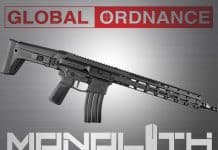
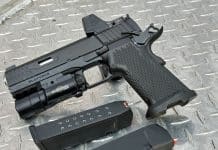
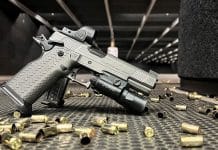

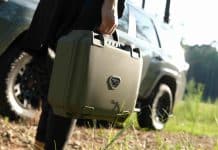
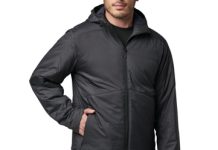
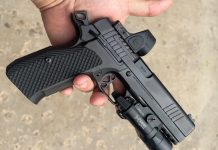
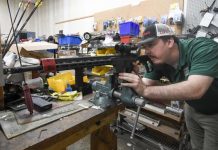
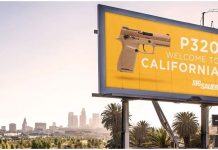

You should also check local laws because in Connecticut sale of body armor must be done in person and purchases via Internet and phone are illegal.